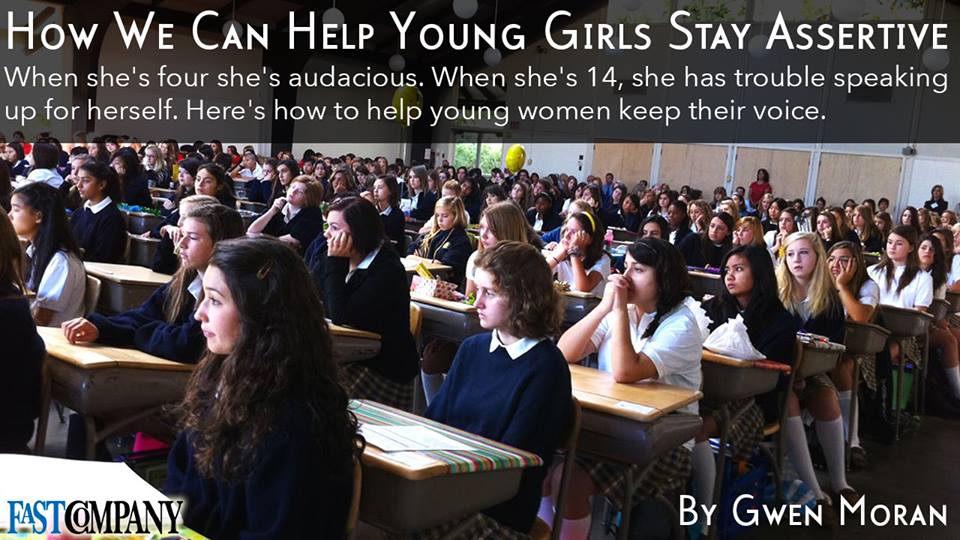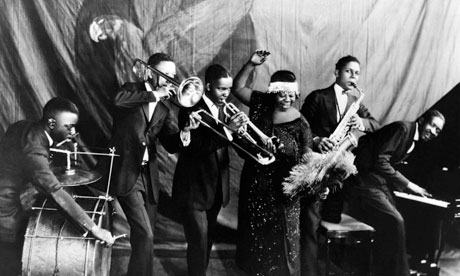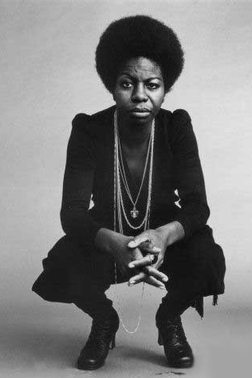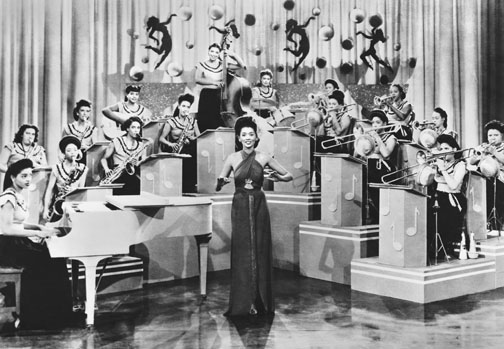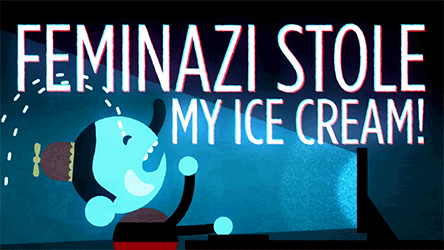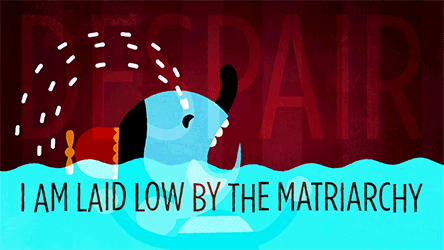I was just thinking about that last post Remind yourself that you are a jazz dancer, and the bit where I said
A compliment on their technique is good, but asking a woman for her opinion on leading is even better
First I lol for using gender neutral language, when I’m deliberately talking about a woman leading.
Second, I’m reminded of a comment I get occasionally from male teachers and ‘higher profile’ dancers around the place. It’s happened a few times now, and it really twiddles my knobs*.
Basically:
Take Male dancer X, who is generally a pretty nice guy, but also pretty comfortable with being an ‘alpha’ male dancer. He likes being top dog. He’s nice and ostensibly a feminist ally, but in practice, I’m not sure he’d be willing to give up that position as top dog for the sake of feminism. So he’s all for feminism, so long as he stays pretty comfortable. He’ll have your back in a fight, and he’ll never make a sexist joke, but you always leave conversations with the feeling that you’ve been (gently, paternally) reminded that you are not the top dog.
I don’t mind these guys. But I can’t really be bothered with them.
Anyways, it’s happened a few times now, that one of these guys will mosey up for a chat at a dance (because we are casual acquaintances), and we’ll shoot the shit. We’ll talk about general stuff, a bit of gossip, mostly just safe dance scene talk. Nothing too personal. But after about 5 minutes of this safe talk, he’ll say something like “Hey, I think your dancing’s really improved lately”.
It’s one of those insulting complements that makes you crinkle your brow. In the moment, you’re kind of appreciative – he means it in good will, and he’s genuinely trying to be positive. But he’s still making it clear that he’s top dog. He’s the one handing out complements. He’s the one telling you that he’s assessed your dancing.
There’s no scope for me to respond. I’m supposed to say, “Thanks, mate”, and to leave him with a warm rosy glow for soothing the feminist strop. But I can’t quite choke it out these days.
I have really wanted to respond with, “Well, I’ve always been pretty fucking good, and you were too, once, but fuck you’ve let yourself go. You should probably do some practice, mate.” Because that’s usually the case – these guys are always the sorts of guys who were once pretty ok dancers, but haven’t really done any proper work since. And their approach to dancing is still fixed pretty firmly in the time of their hayday – 2003 is a popular year for these guys. I’m not pretty fucking good, but I know these guys really can’t handle women who are confident. These little microaggression complements are about reminding me of the pecking order. And they really don’t like it when you just plain refuse to acknowledge that hierarchy.
At the end of the day, it’s massively patronising. Why don’t they say something like, “Hey, I love that blah blah you’ve got happening at the moment in your swing out. Have you been working on something new?” If they said something like that – starting positive, then asking for my opinion – they’d be making it clear that we were peers, and that my opinion was important as theirs.
So this is why I include that point about asking a woman for her opinion, rather than just complimenting her. If you just compliment, you are maintaining the status quo. But if you ask for her opinion, you’re letting her know that you value her ideas, and you see her as a peer. Yes, you may hear some opinions you don’t like, and you might – conceivably – be put in the position where your own dancing is discussed (and critiqued!), but yolo, right?
This point relates to the way I do feedback to my partners when I’m in class: I ask things like: “What did you think about that?” “Was it ok?” “Did it work?” “I’m not sure about that second part.” I want to discuss this stuff, and I want that feedback. By asking for other people’s opinions, I’m signalling that I’m ok with myself. I’m confident enough to invite critique. It can be scary-arse, but it’s important for me trying to be a good learner.
And this issue also reminds me of that whole thing about how to speak to little girls. Find something other than compliments!
And part of me wonders if this is why solo dance is so popular with some of the strongest women dancers in Australia at the moment: in a solo class, you work to your own standard. No one compliments you or tells you you’re doing ok, nor do you have to be responsible for making someone else feel good about their dancing. You just work your tits off. And when you have a Swede teaching you, or Ramona, or another teacher who’s into the ‘rhythm method‘** and the tap-centred approach to learning, where teachers are a bit strict, you really thrive.
*That’s a DJ term, that means that someone is butting in and doing something that irritates you – ie adjusting the volume or treble when you’re DJing.
**I’m so, so sorry for this joke.

